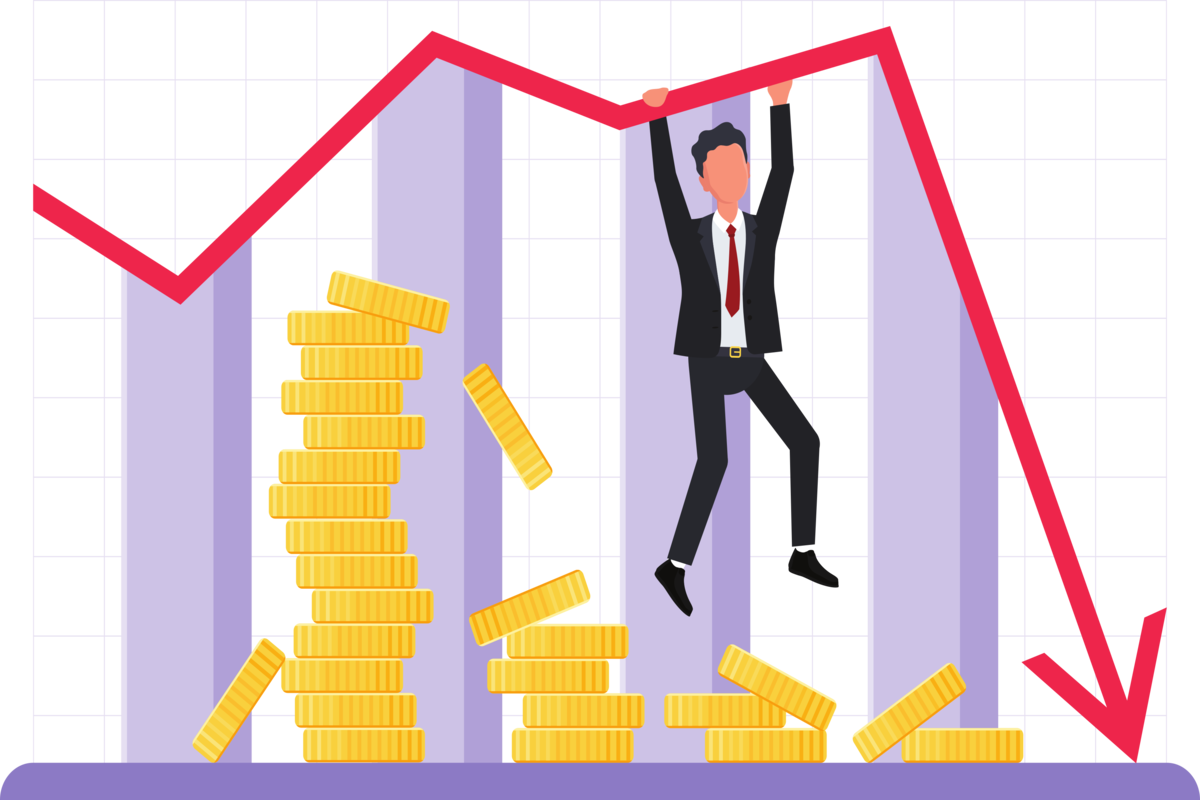The U.S. just underwent its second credit rating downgrade, but experts see no significant long-term impact on the stock market.
A highly unusual downgrade of the U.S. government’s credit rating led to a stock market selloff on Wednesday. However, analysts anticipate the effect on the equity and debt markets will be subdued over time.
To recap: Fitch Ratings, after market close on Tuesday, reduced the United States’ long-term foreign-currency issuer default rating from AAA to AA+. In addition, it replaced its negative rating watch in the U.S. with a stable outlook.
The credit ratings agency justified the downgrade citing an “increasingly high and growing general government debt burden” and a “deterioration in governance.”
Fitch highlighted in its statement, “The repeated debt-limit political standoffs and last-minute resolutions have undermined faith in fiscal management.”
Fitch’s downgrade only marks the second time in history that the U.S. has seen its credit rating reduced. The first incident occurred in August 2011 when Standard & Poor’s (SPCI) lowered the federal government’s long-term credit rating after a drawn-out debate over raising the debt ceiling threatened the U.S. with a technical default on its financial obligations.
Experts suggest that Fitch, one of the so-called Big Three credit ratings agencies, alongside S&P and Moody’s (MCO), is somewhat late in making this move.
The Meaning of the Credit Downgrade
Some strategists with a bearish view ponder if the Fitch downgrade will disrupt the market’s strong momentum. Notwithstanding, many economists and strategists hold a more optimistic view, drawing comfort from past incidents. After all, when S&P downgraded the federal government’s credit rating twelve years ago, it did not result in any apparent long-term adverse effects.
“Based on the rating change, we shouldn’t expect significant direct impact on financial markets or any forced sell-off of Treasury securities,” comments Goldman Sachs Chief Economist Jan Hatzius. “S&P’s 2011 downgrade had a substantially negative impact on sentiment but didn’t trigger any apparent forced selling.”
Moreover, the categorization of federal debt at the institutional investor level makes concerns about forced selling exaggerated, according to the economist.
“Most investment mandates and regulatory regimes refer to Treasury securities specifically, not just AAA-rated government debt,” Hatzius emphasizes.
Furthermore, the Fitch downgrade isn’t exactly breaking news to investors.
“The downgrade mainly indicates governance and medium-term fiscal challenges, but it does not present any new fiscal information,” Hatzius adds.
What History Tells Us
Returning to the last time the U.S. credit rating was downgraded provides some reassurance. The S&P 500 lost around 8% a couple of months after the downgrade in August 2011 but was up by approximately 12% six months after and by 16% a year after.
The long-term view is even more encouraging. In the almost 12 years since the last downgrade, the S&P 500 has generated an annualized total return (including price change and dividends) of 14%. This is comparatively high, considering the market has generated an annualized total return of just under 11% over the past 50 years.
The recent Fitch downgrade of the U.S. credit rating is a significant event, yet it shouldn’t drive investors into a panic. Historical precedents, coupled with the analytical insights from market experts, suggest minimal potential for long-term damage to the stock market. Therefore, while it is always wise for investors to stay informed and vigilant, this particular rating adjustment should not be a primary concern for those with a long-term investment strategy.







